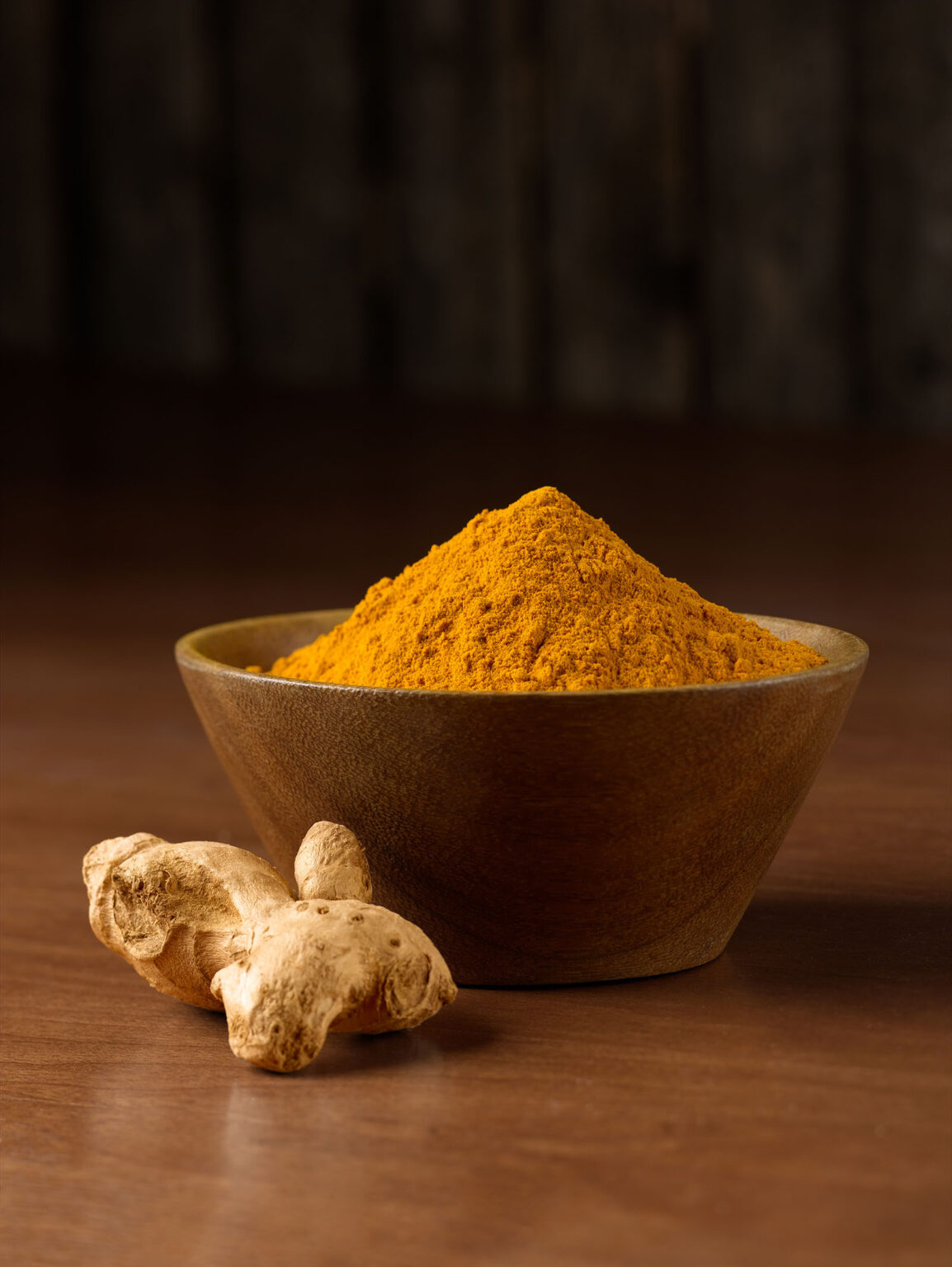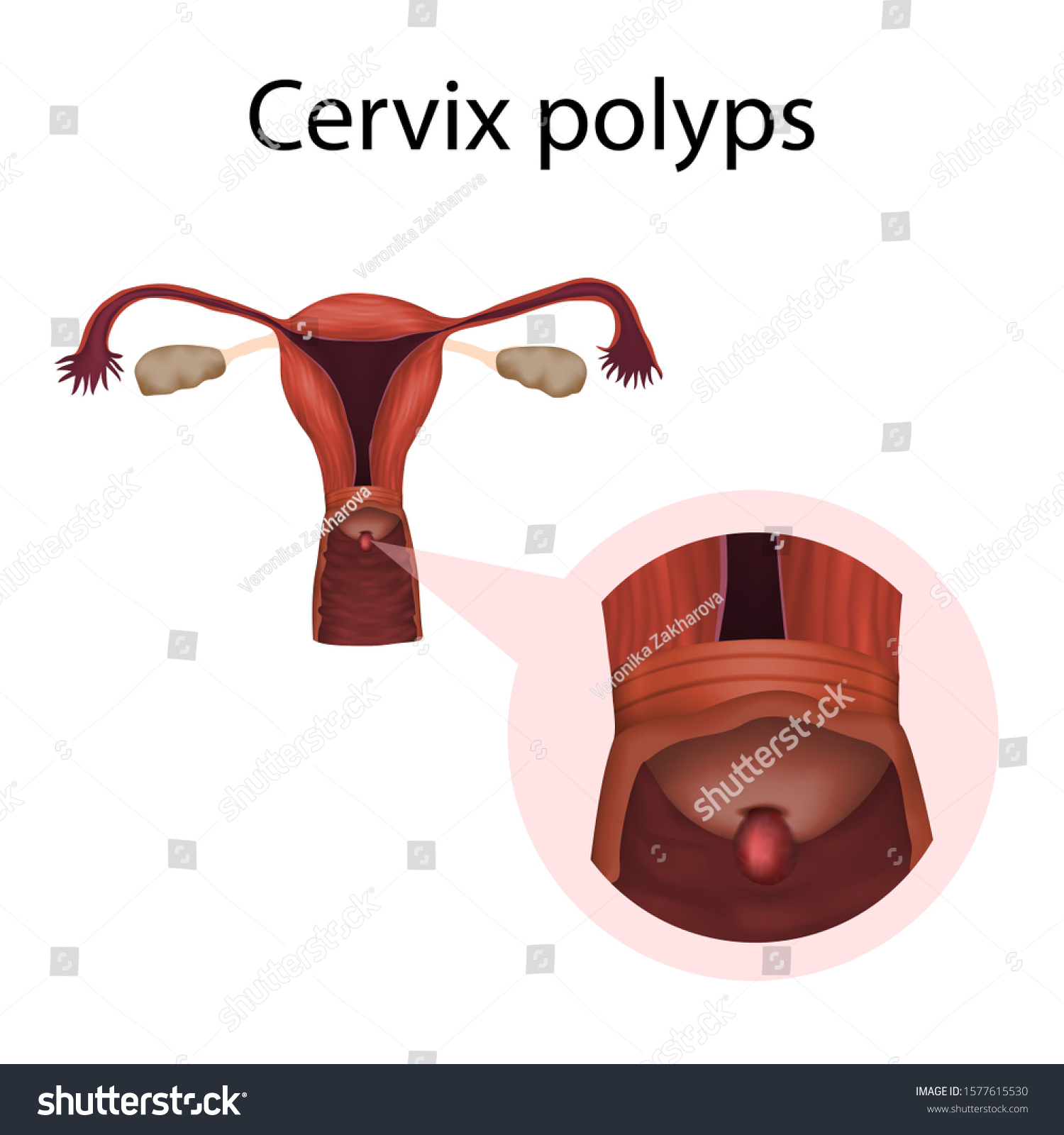10 Teeth Stain Removal Tips For Whiter Smile

The quest for a whiter, brighter smile is a universal desire, transcending cultures and generations. Teeth stains, however, can stand in the way of achieving this coveted goal. Whether caused by coffee, tobacco, or simply the passage of time, these discolorations can detract from an otherwise healthy and vibrant set of teeth. Fortunately, there are numerous methods and tips available for removing teeth stains, ranging from professional dental treatments to homemade remedies. Here, we’ll delve into 10 effective teeth stain removal tips, each designed to help you achieve a whiter, more radiant smile.
Understanding Teeth Stains
Before diving into the solutions, it’s essential to understand the nature of teeth stains. There are two primary types: extrinsic and intrinsic stains. Extrinsic stains occur on the surface of the teeth due to external factors like food, tobacco, and poor oral hygiene. Intrinsic stains, on the other hand, are embedded within the tooth structure, often resulting from trauma, decay, or exposure to certain substances during tooth development.
Tip 1: Regular Brushing and Flossing
The foundation of any oral hygiene routine is regular brushing and flossing. Brushing your teeth at least twice a day with a fluoride toothpaste and flossing once a day can help prevent the buildup of plaque and stains on the teeth. This practice is particularly effective against extrinsic stains.
Tip 2: Professional Dental Cleaning
Sometimes, despite our best efforts, stains can persist. This is where professional dental cleaning comes into play. Dentists and hygienists have the tools and expertise to remove stubborn stains, both above and below the gum line, that regular brushing and flossing might miss. Regular professional cleanings can also help in the early detection of oral health issues.
Tip 3: Whitening Toothpaste
For those looking for a more proactive approach to stain removal, whitening toothpastes can be a valuable tool. These toothpastes contain mild abrasives and chemicals that help remove surface stains, making teeth appear whiter. However, it’s crucial to choose a toothpaste with the ADA Seal of Acceptance, ensuring it has met standards for safety and effectiveness.
Tip 4: At-Home Whitening Kits
At-home whitening kits offer a convenient and often less expensive alternative to professional whitening treatments. These kits usually contain trays or strips coated with a peroxide-based gel. While they can be effective, it’s essential to follow the instructions carefully and consult a dentist before starting any whitening treatment, especially if you have sensitive teeth or gums.
Tip 5: Baking Soda and Hydrogen Peroxide
This homemade remedy involves mixing baking soda and hydrogen peroxide to create a paste that can help remove stains. The mild abrasiveness of baking soda combined with the bleaching action of hydrogen peroxide can be effective against surface stains. However, this method should be used with caution and ideally under the guidance of a dental professional to avoid damaging the tooth enamel.
Tip 6: Oil Pulling
Oil pulling, an ancient practice, involves swishing oil (usually coconut, sesame, or sunflower oil) in your mouth for several minutes to remove bacteria, reduce bad breath, and whiten teeth. While its effectiveness in stain removal is more anecdotal, oil pulling can be a useful addition to your oral hygiene routine, helping reduce plaque and gum inflammation.
Tip 7: Dietary Changes
Certain foods and beverages are notorious for causing teeth stains. Coffee, tea, red wine, and berries are common culprits. Limiting the consumption of these items or using a straw when drinking them can help reduce stain accumulation. Additionally, crunchy fruits and vegetables like apples and carrots can help clean teeth naturally by stimulating saliva production, which has a natural cleansing effect.
Tip 8: Avoid Tobacco
Tobacco, in all its forms, is not only detrimental to overall health but also a significant contributor to teeth stains. The tar and nicotine in tobacco products can cause stubborn stains that are difficult to remove. Quitting tobacco use is one of the most effective ways to prevent future stains and improve oral health.
Tip 9: Regularly Clean Your Tongue
The tongue can harbor bacteria that contribute to bad breath and stains on the teeth. Regularly cleaning your tongue, especially after meals, can help reduce bacteria and freshen your breath. This practice, combined with regular brushing and flossing, can lead to a cleaner, healthier oral environment.
Tip 10: Consider Professional Whitening
For more severe or intrinsic stains, professional whitening treatments may be the most effective option. These treatments, performed by a dentist, use higher concentrations of bleaching agents than at-home kits and can provide more dramatic and longer-lasting results. Professional whitening can also be tailored to your specific needs and oral health conditions.
Frequently Asked Questions
How often should I visit my dentist for check-ups and cleanings?
+Regular dental check-ups and cleanings are crucial for maintaining good oral health. It is recommended to visit your dentist at least twice a year for routine check-ups and cleanings. However, the frequency may vary based on your individual oral health needs and risk factors for oral diseases.
Are at-home whitening kits safe for everyone?
+While at-home whitening kits can be safe for many, they are not recommended for everyone. Individuals with sensitive teeth or gums, dental work such as fillings or crowns, or untreated cavities should consult a dentist before using any whitening product. Pregnant or breastfeeding women should also avoid teeth whitening.
How can I maintain my teeth whitening results?
+Maintaining your teeth whitening results involves a combination of good oral hygiene practices, regular dental check-ups, and avoiding stain-causing foods and beverages. Touch-up treatments may also be necessary, depending on the type of whitening treatment you underwent and your lifestyle.
Can teeth stains be completely removed?
+The ability to completely remove teeth stains depends on the type and severity of the stain, as well as the effectiveness of the removal method. Professional dental cleanings and whitening treatments can remove many stains, but some intrinsic stains may be more resistant to treatment. Consult with a dentist to determine the best approach for your specific situation.
Are there any natural remedies for removing teeth stains?
+Yes, several natural remedies have been suggested for removing teeth stains, including baking soda and hydrogen peroxide paste, oil pulling, and consuming foods that naturally help clean teeth. However, the effectiveness of these remedies can vary, and they should be used cautiously and ideally under the guidance of a dental professional to avoid damaging the teeth or gums.
How long do teeth whitening results typically last?
+The longevity of teeth whitening results can vary significantly depending on the individual's lifestyle, oral hygiene habits, and the type of whitening treatment used. On average, professional whitening results can last from a few months to three years. At-home whitening kits may have shorter-lasting results. Regular maintenance and touch-ups can help extend the duration of the whitening effects.
In conclusion, achieving a whiter smile is within reach through a combination of good oral hygiene practices, lifestyle changes, and professional dental treatments. Whether you opt for at-home remedies, professional cleanings, or more advanced whitening treatments, it’s essential to prioritize your oral health and consult with a dental professional to find the best approach for your unique needs and goals. Remember, a brighter smile not only enhances your appearance but also reflects your overall health and wellbeing.


